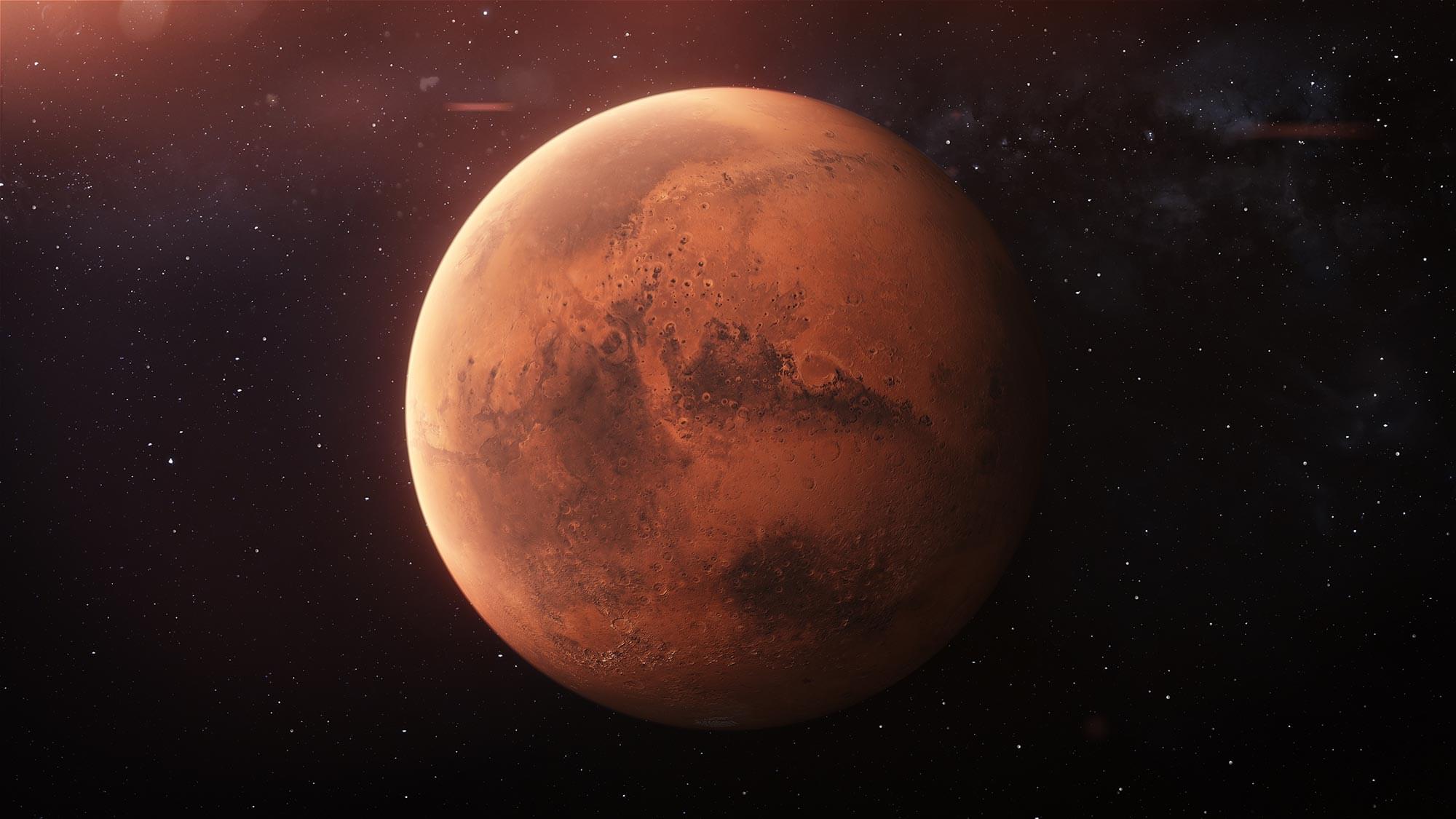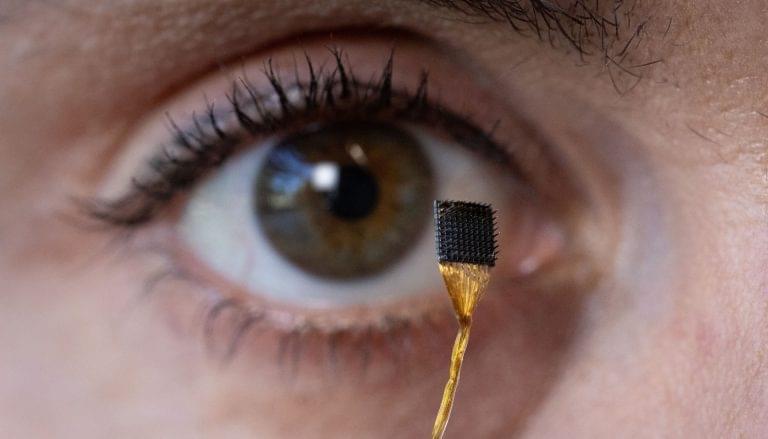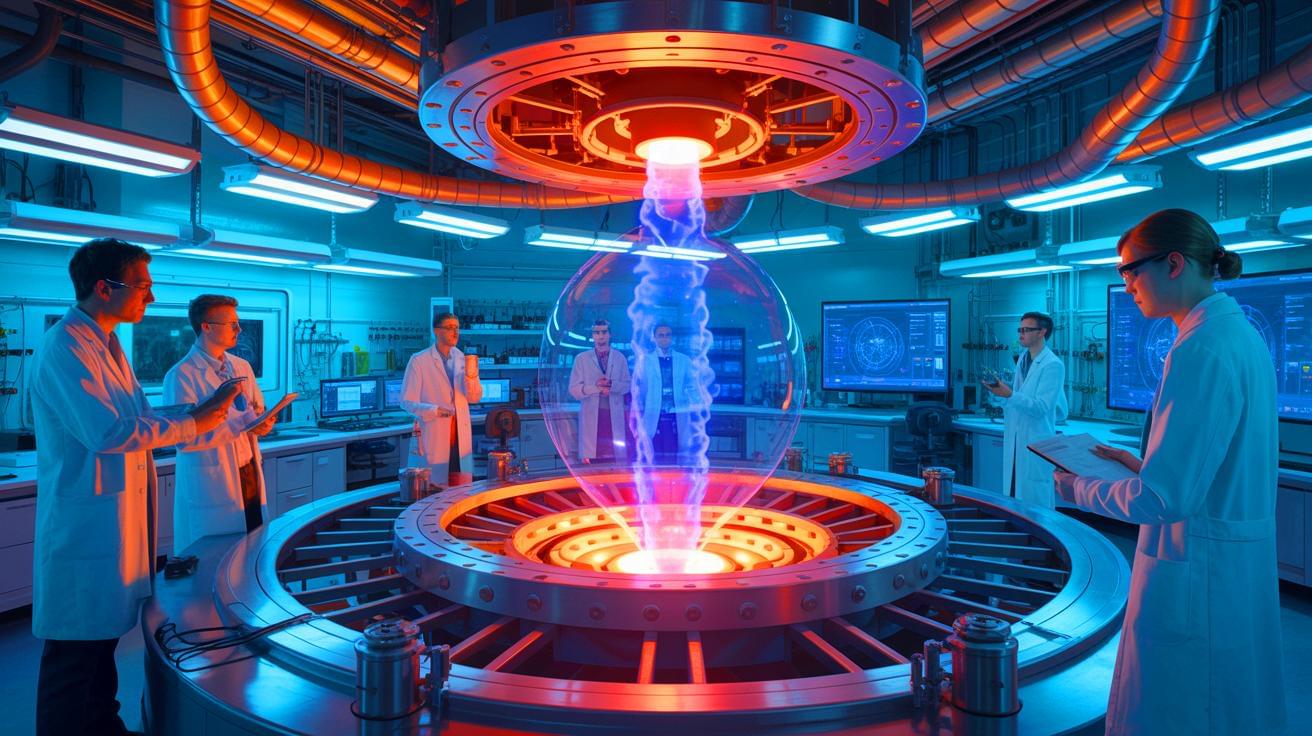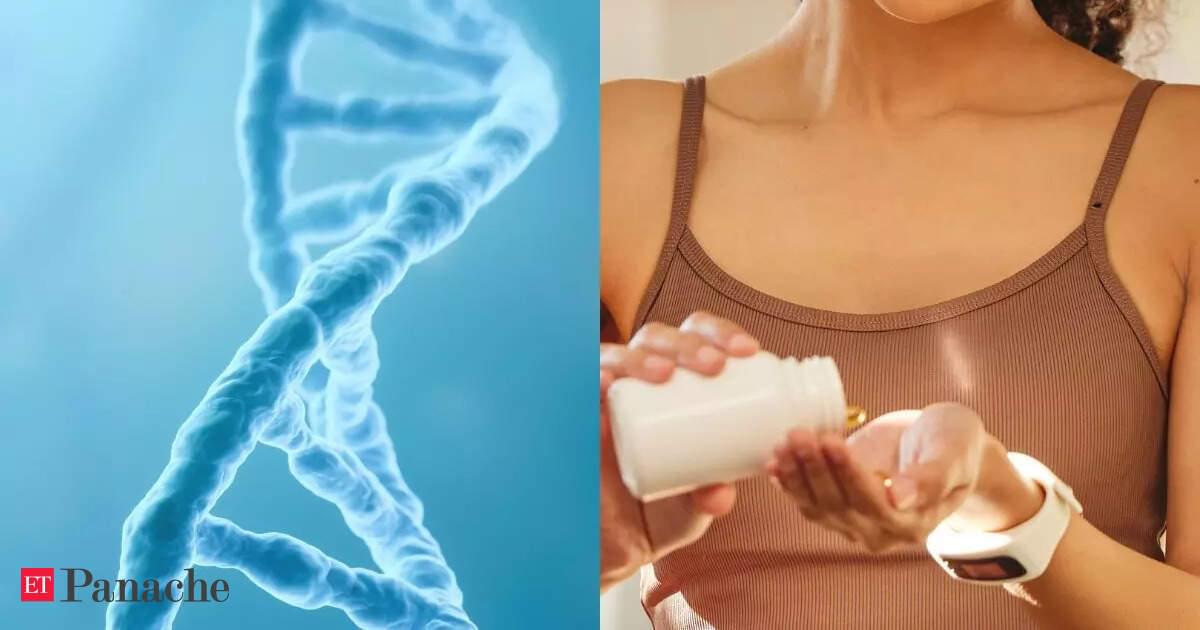Mars’ glaciers are over 80% pure ice, formed by similar processes worldwide. This discovery sheds light on past climate and future exploration resources. On the slopes of Martian mountains and within its craters lie formations that look like streams of honey, blanketed in dust and frozen in place









